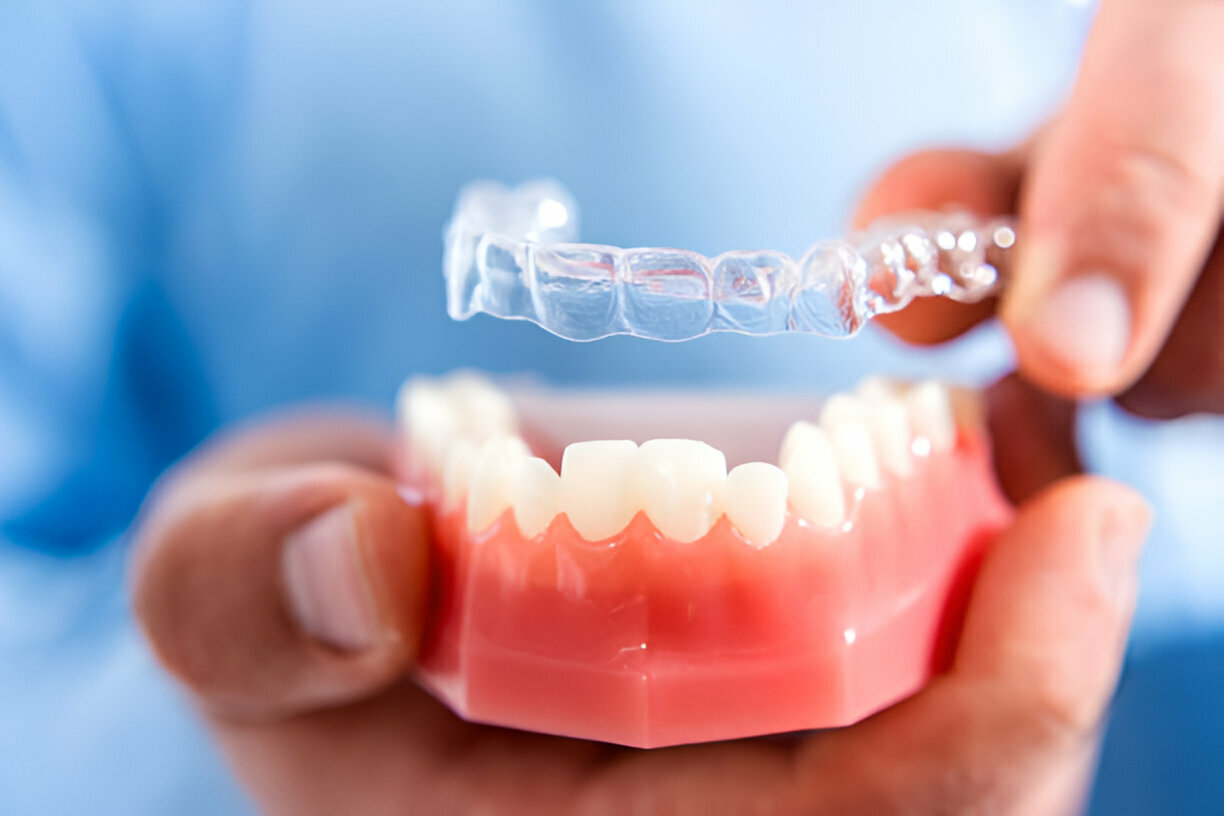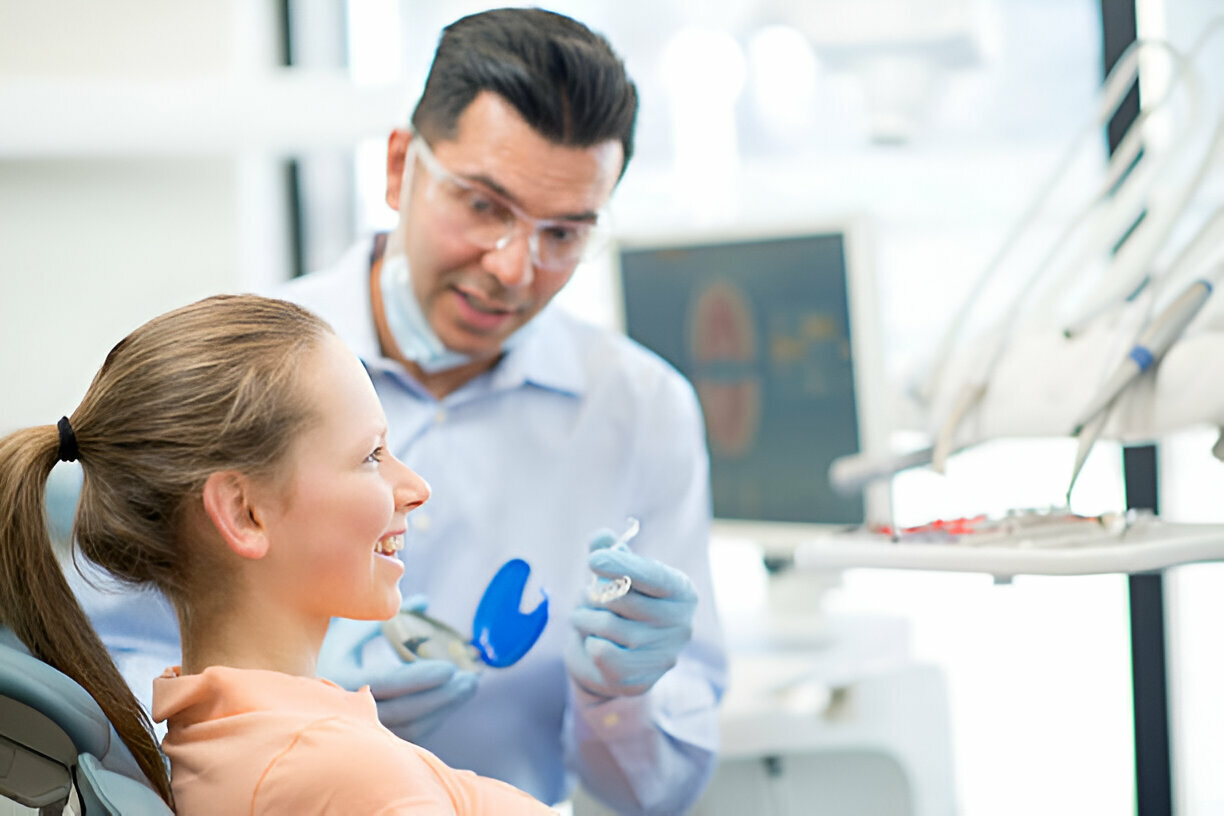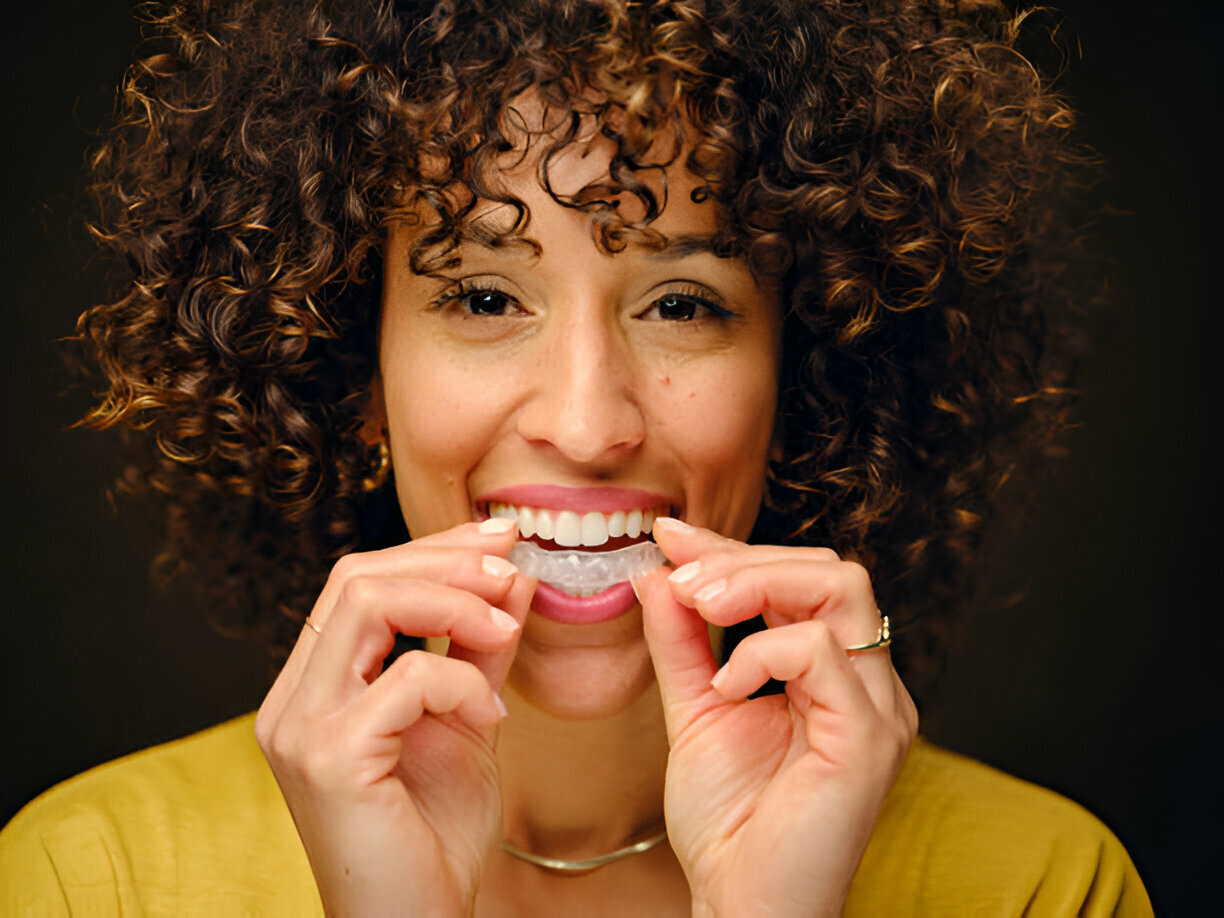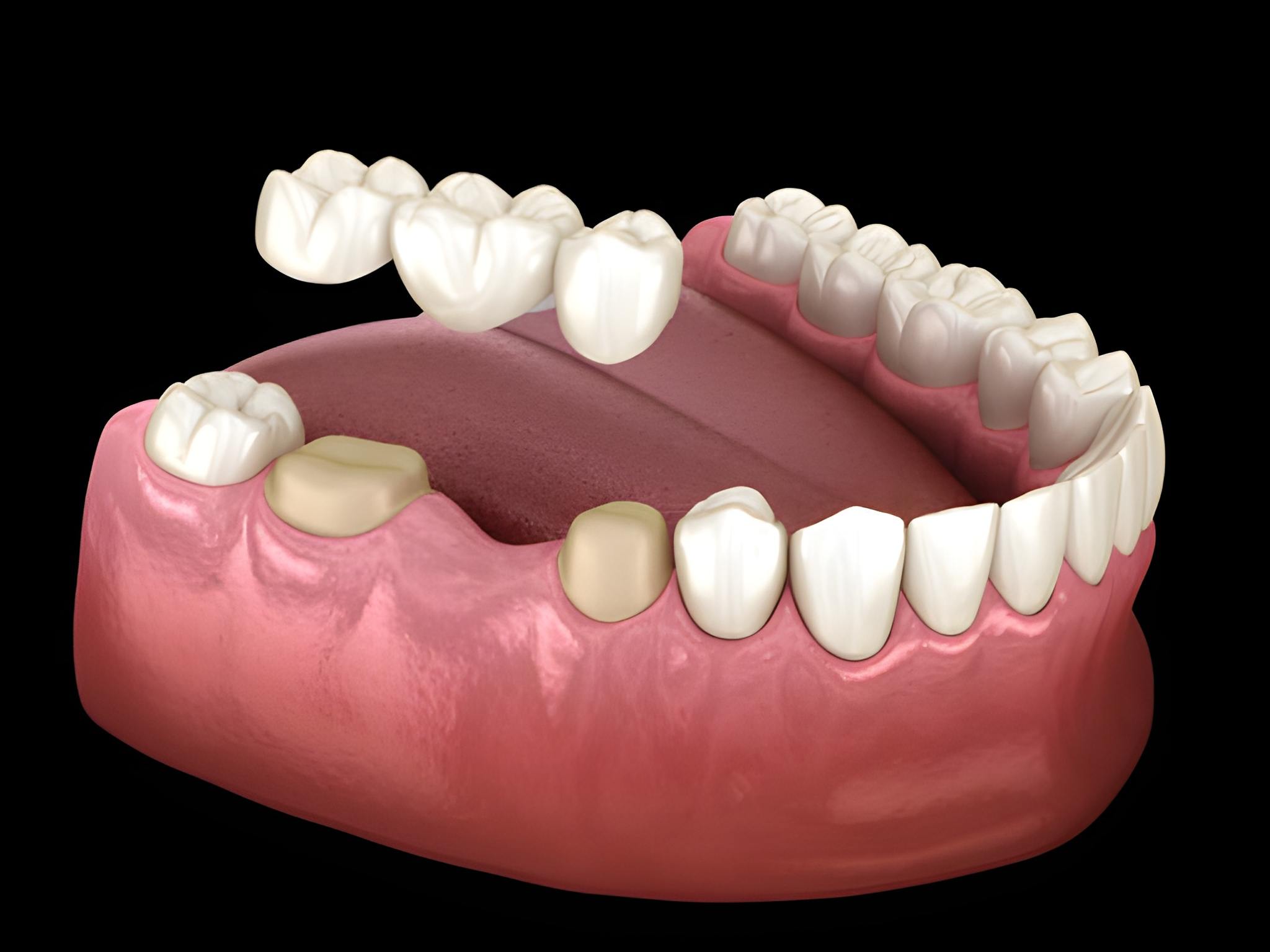Home How to Choose the Right Braces for Your Teeth: Expert Tips

Did your orthodontist recently suggest braces for you?
If yes, the image of wired metal braces is likely haunting you right now!
However, what if we told you that the go-to appliance for over 4 million Americans is available in multiple options?

Yes, you read it right! There’s not one but several options when it comes to braces. Therefore, in this blog, we’ll take a closer look at:
Continue reading as we learn more about the different types of braces and how to choose them in the following sections.
Selecting the ideal braces is critical when it comes to orthodontic treatment. The type of braces you choose can affect the length of your treatment, the look of your smile, and even your general comfort during the procedure.
Besides, thanks to the variety of braces available in the market, it’s crucial to understand the importance of making an informed selection that meets your needs and goals.
Let’s learn more about the different types of braces in the following sections.
Dentistry has improved phenomenally in recent years in tandem with medical breakthroughs. Now, you can select from various alternatives based on your preferences.
If you want to keep the braces in an ideal condition, you should wear Invisalign clear braces to feel confident in public. Similarly, you can opt for ceramic braces if you want an aesthetic smile despite your appliance.
Therefore, to help you better, we’ve compiled a list of the different brace types to make your decision easier. Let’s learn about them in this section:
Metal braces are the most popular teeth straightening option for most individuals. They are designed using stainless steel, and every bracket is bonded with glue. An orthodontist affixes these braces with adhesive and inserts a thin archwire over the shelves.
They are tightened to meet your oral goals and assist in moving the teeth over time. Metal braces are available in conventional finishes such as silver and gold. Patients may also add brackets in any color to make them more exciting and personal to wear.
Ceramic braces are considered the most aesthetically appealing and effective alternative to metal braces. These appliances are designed using tooth-colored material, which is less noticeable and gives individuals confidence in public places.
Ceramic braces are an excellent way to progressively reposition teeth and assist patients in accomplishing their dental health objectives. However, these braces are a little costlier than traditional metal braces.
Ceramic braces have a disadvantage: they are more fragile than metal braces. As a result, dealing with braces in your teeth requires extreme caution. However, the benefits outweigh the drawbacks since ceramic braces are more pleasant and less noticeable than metal braces.
Next, we have Invisalign, another form of customizable braces for your smile. The appliance is made of smooth and soft plastic and may be worn for more than 20 hours daily. These invisible braces often produce the desired outcomes between six months to two years.
Unlike traditional metal braces, transparent aligners are detachable, allowing patients to remove them while eating or cleaning their teeth. This feature promotes good oral hygiene and lowers the risk of tooth decay and gum disease.
Dentists for Invisalign in Gallup use moderate and regulated pressures to shift teeth into the desired positions gently. Each pair of aligners is custom-made using computer-aided design and manufacturing processes, resulting in a precise fit and the best treatment outcomes.
Precise aligner treatment usually consists of a series of aligners worn for a defined period before being changed with the following set in the series. The treatment time varies according to the degree of the dental misalignment, although it often spans several months to a few years.

Self-ligating braces are pretty similar to regular metal braces. However, they vary in one crucial way: they contain an in-built mechanism to keep the archwire on teeth rather than small elastic bands. The self-ligating braces slip together, shortening the total treatment time and requiring fewer readjusting sessions.
The braces type is less apparent in the teeth than metal and ceramic braces, which reduces the risk of irritation and pain from elastics. Choosing this form of braces is one of the finest alternatives since they are comfortable to wear, effective at shifting teeth, and less apparent.
Lingual braces are another excellent option for those who are uncomfortable with the structure of metal or ceramic braces. These braces are put behind the teeth, so they are almost undetectable while worn.
One notable feature is that they require customization based on the patient’s tooth size, shape, and morphology. The braces are slightly costlier than the other varieties but provide an excellent blend of looks and effectiveness.
Athletes, models, social media superstars, influencers, and stage performers/artists who do not want to display their braces in public should choose lingual braces.
Choosing the ideal braces is an important decision that may have a long-term influence on your oral health and as well as overall well-being. With so many different types of braces available, it’s critical to consider a few factors before making a decision.
Let’s look at the significant aspects while selecting the proper braces:
Assess your orthodontic requirements to discover which form of braces best addresses your dental difficulties. Different brace types are intended to treat various disorders, including overbite, underbite, overcrowded teeth, gaps, and crossbite.
Therefore, it’s advisable to consult with your nearest dentist in Gallup, New Mexico, to choose the best treatment plan for your specific circumstances.
Consider the efficacy of each brace type in producing the intended effects. Traditional metal braces are successful in complicated cases and are frequently the preferred alternative for orthodontists.
Clear aligners, on the other hand, are better suited for less severe orthodontic difficulties. Understanding the advantages and disadvantages of each brace type can help you select the best one.
Many people, particularly adults, and older teens, are concerned about the appearance of their braces. If you value aesthetics, you may prefer translucent, BPA-free plastic clear aligners.
These braces are practically unnoticeable when worn, providing a discreet solution. However, transparent aligners may not be appropriate under challenging instances.

Consider the amount of maintenance required for each brace type. Traditional braces need frequent adjustments and rigorous dental hygiene to prevent food particles from being stuck.
In contrast, clear aligners have the advantage of being removable. This facilitates brushing and flossing, resulting in improved dental hygiene. Transparent aligners may be the best option if good dental hygiene is essential.
Budget plays an important part in decision-making. In many cases, traditional metal braces are less expensive than clear aligners. However, remember that each dental case is unique, and the cost will vary depending on the individual’s demands. Consulting with an orthodontist will give you a more realistic picture of the costs involved.





